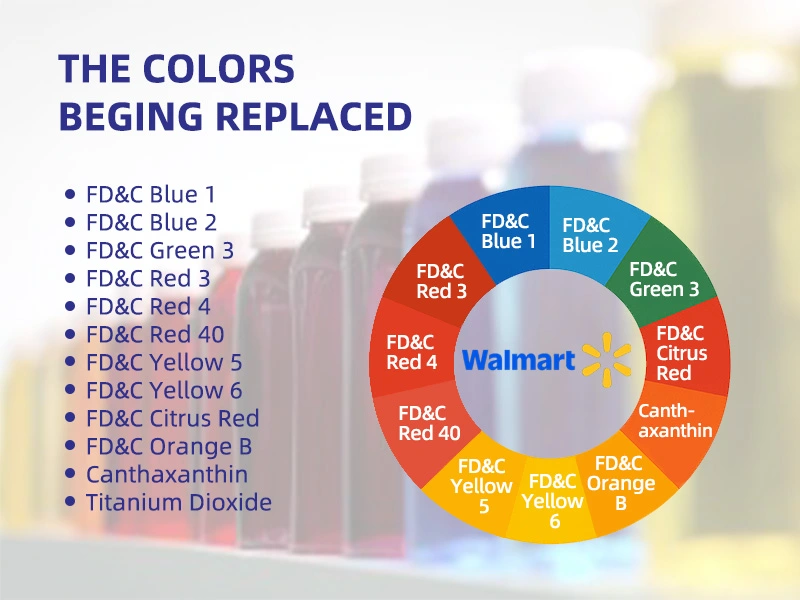Natural Color Reformulation: Strategies After the FDA Dye Ban
Switching from petroleum-derived dyes to natural pigments is far more complex than a drop-in replacement—and with FDA deadlines looming, brands need expert guidance now.
The Reformulation Challenge
Many of today’s snacks, baked goods, cereals, and colourful treats rely on bright synthetic dyes to stand out on shelf. But with the FDA’s recent ban on FD&C Red No. 3 and plans to eliminate all petroleum-based dyes by the end of 2026, the race to reformulate is on.
Natural pigments—extracted from sources like beetroot, turmeric, red cabbage, butterfly pea flower, and spirulina—are less stable and more sensitive to processing variables. To achieve consistent, shelf-stable hues, product developers need more than a simple ingredient swap—they need smarter formulation strategies.

Timing Is Tight—and the Clock Is Ticking
Food companies must coordinate ingredient sourcing, lab trials, shelf-life simulations, and consumer testing—often simultaneously. Major players like General Mills, Kraft Heinz, Nestlé, Conagra, and PepsiCo are already rolling out reformulated lines. If you haven’t started yet, now is the time.
Replacing Synthetics with Naturals: Real-World Challenges for Food Brands
Switching to natural pigments reshapes not just the color of a product—but also its shelf life, cost structure, and consumer perception. Here’s what you’ll need to manage:
1. Shelf Life & Stability
- Minimize microbial risk: Natural extracts can introduce moisture or nutrients that trigger spoilage.
- Delay fading: Technologies like microencapsulation, antioxidants, and pigment blending help maintain vibrancy over time.
2. Color Brightness & Consumer Expectations
Consumers associate bright colors with flavor and freshness—especially in products like kids’ cakes or drinks. If natural replacements result in duller tones, shoppers may hesitate to buy.
- Butterfly pea flower offers a delicate, pH-sensitive blue.
- Spirulina extract delivers a vibrant sky-to-deep-sea blue closer to synthetic shades.
Choosing the right pigment—and adjusting pH, layering colors, or using stabilizers—can make a big visual difference.

3. Managing Higher Costs
- Simplify recipes: Optimize pigment usage to reduce cost.
- Reposition as premium: Clean-label and natural claims justify pricing.
- Educate consumers: Help them understand the value behind the cost.
- Use smaller pack sizes: Improve perceived value per unit.
4. Processing Sensitivities
- pH: Anthocyanins can shift hue dramatically with small changes.
- Light & oxygen: Use protective packaging to reduce fading.
- Heat & moisture: Adjust bake/cool cycles to preserve pigment integrity.
Turning Challenges Into Opportunity
- Collaborate early: Work with pigment specialists like Binmei to find the right solution.
- Test rigorously: Simulate storage and distribution to ensure stability.
- Run consumer panels: Validate how color impacts perception and acceptance.
- Tell your story: Use packaging and media to share the origin and benefits of your natural color choices.
- Launch premium product lines: Position natural-color products as part of a “Naturals” or “Clean Label” collection.

Conclusion
Moving from synthetic to natural colors requires more than a simple swap. It calls for advanced formulation strategies, fine-tuned processing, and clear consumer communication. But brands that embrace this shift will stand out—offering safer, more transparent, and more compelling products in a changing marketplace.








